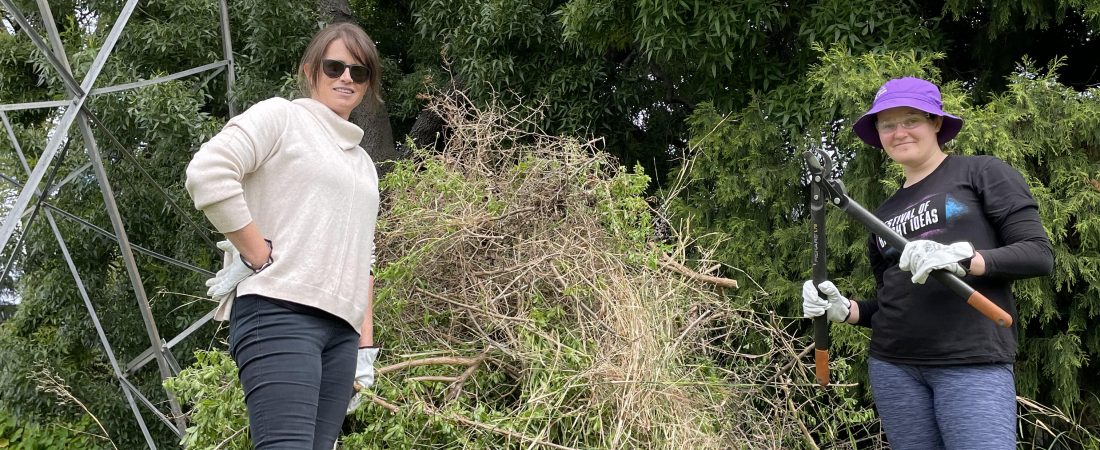Boxthorn Project
Posted on December 21, 2021
Eradicating Boxthorn and rehabilitating The Friends’ School sports grounds at our Bell Street Site
For those unfamiliar with the extensive and dedicated work being undertaken by various stakeholders to eradicate Boxthorn adjoining our Sports Facility at Queens Walk and Bell Street site, including neighbouring land and shared boundaries, we wanted to share some history, current activities and the future of the project, with our community.
Boxthorn is a weed of national significance – a weed that is essentially a pest. City of Hobart Councillor, Bill Harvey, approached the School earlier this year requesting to help eradicate it from the site. He has been doing similar work elsewhere, including on Flinders and Bass Strait Islands.
Boxthorn has become widely established in non-tropical Australia, having been deliberately introduced as a hedge plant during the nineteenth century. Its seed is distributed by a range of native and non-native birds. Even localised eradication and containment of the species is hard to achieve.
Bill, fellow City of Hobart Councillor and Deputy Lord Mayor, Helen Burnett, and a band of volunteers have been working systematically across the Bell Street area in their personal time earlier this year using the cut and paint method and removing the cut Boxthorn. At this point, they were hopeful that Council would facilitate a burn or cut material mid year, which would save time removing it. Also, Bill had a small group of volunteers, but required additional assistance/resources.

Brenda Winning, The Friends’ School International Baccalaureate CAS Coordinator and Senior Teacher of Biology and Chemistry, saw this as an opportunity to instigate a wonderful project for our service and environmentally-minded students and staff to participate in. With that being said, and fast forward a few months, the Year 11 International Baccalaureate® (IB) Diploma Programme (DP), Creativity, Activity, Service (CAS) students are now engaging with this project on their CAS days, of which they have three per year as part of their Diploma Programme.
Over the course of two days in November this year, the Year 11 IB cohort worked at the Bell Street Oval in a joint service and science project. Boxthorn was chopped and weeded under the guidance of Bill and Helen and alongside students from the Young Migrant Education Program and staff of The Friends’ School – Brenda and Head of Science, Nicola Anderson.
Frank Strie from Terra Preta Developments demonstrated how kilns are used to make biochar, which is a form of charcoal that can be activated and used as a fertiliser. Instead of composting or burning piles of Boxthorn, the weeds were placed in KON-TIKI-TAS, Deep Cone Kilns. These kilns were then lit, and the weeds were placed on a grate about three-quarters of the way up the kiln. This allows a fire to freely develop underneath, and as the Boxthorn burns, the oxygen is removed from the environment by the high temperatures of the fire (around 700ºC). This process is more environmentally friendly than composting or burning weeds, as it releases minimal smoke and ash, and does not emit methane. Biochar is now being used in science experiments back at School, as well as being placed on site at Bell Street to monitor its effects on soil.
Following the captivating boxthorn-to-biochar demonstration, students scoured the site and collected and recorded insect and plant species, which they then identified under dissection microscopes and uploaded their findings onto iNaturalist – a citizen science database for biodiversity. Invertebrates and plants were recorded and 44 species were logged on our project in iNaturalist.
Excitingly, two “undescribed” flies “Stripey” and “Hairy” were found. Undescribed means that no one has classified these before, therefore they could be species “new to science”. Kristi Ellingsen, The Friends’ School Biology Teacher, who co-developed the Field Guide to the Insects of Tasmania website along with her colleague Tony Daley, have tentatively identified the sub-family for one, and genus for the other. Much more work is required to apply full taxonomic classification; however, in future years our students can attempt to find “Stripey” and “Hairy” at Bell Street using the iNaturalist app. While it is not uncommon to be able to find new species in Tasmania, it is surprising to have two potentially new species appear in an urban location.
Analysis (pH and moisture) was also carried out to evaluate ground best suited for planting. Two new native plant species (Drooping Sheoak and Kangaroo Grass), selected for their drought tolerance, were planted on the day. Our School Horticulturalists, Wilbur and Daniel, were on hand during the day offering practical help and advice.
During the course of these activities, Bill detailed his plans to eradicate Boxthorn from the wider Hobart area as his “personal response to the United Nations Decade of Ecosystem Restoration”. From Bell Street alone, he has already removed “14 tonnes of Boxthorn [including] hundreds of plants of various sizes”. After this, he plans to “continue along the Derwent and also work from Brighton back to Hobart as well. It’s a huge area but there’s Boxthorn all the way along the Derwent and [he’d] like to think that with a coordinated response, across time, we can eradicate Boxthorn from a significant area of land.”
Where to from here you ask? Boxthorn regrowth will be monitored over the next five years to try and rid the School grounds / Bell Street area of this weed. Brenda will be setting aside some IB CAS day time for this. Students will be engaging in activities aimed to improve the ecological condition of the site. It is a great community project with the long-term aim of improving habitat and increasing biodiversity. From a broader perspective, the project aligns with the City of Hobart’s Sustainable Hobart Action plan.
We would like to thank Bill, Helen, Frank, students from the Young Migrant Education Program, Friends’ staff and students, and the City of Hobart bushland crew for their significant time and energy to date, with the site rehabilitation work at Bell Street. We are very grateful for their support in assisting to remove this significant weed.
Article written, with contributions from Emily Walter and Lily Neyland (Year 11 IBDP CAS Students), Brenda Winning, Bill Avery (Director of Community Engagement), Holly Chilman (Marketing and Communications Coordinator), in collaboration with City of Hobart Councillors, Bill and Helen.
If you require more information or have any enquiries, please contact Director of Community Engagement, Bill Avery, bavery@friends.tas.edu.au
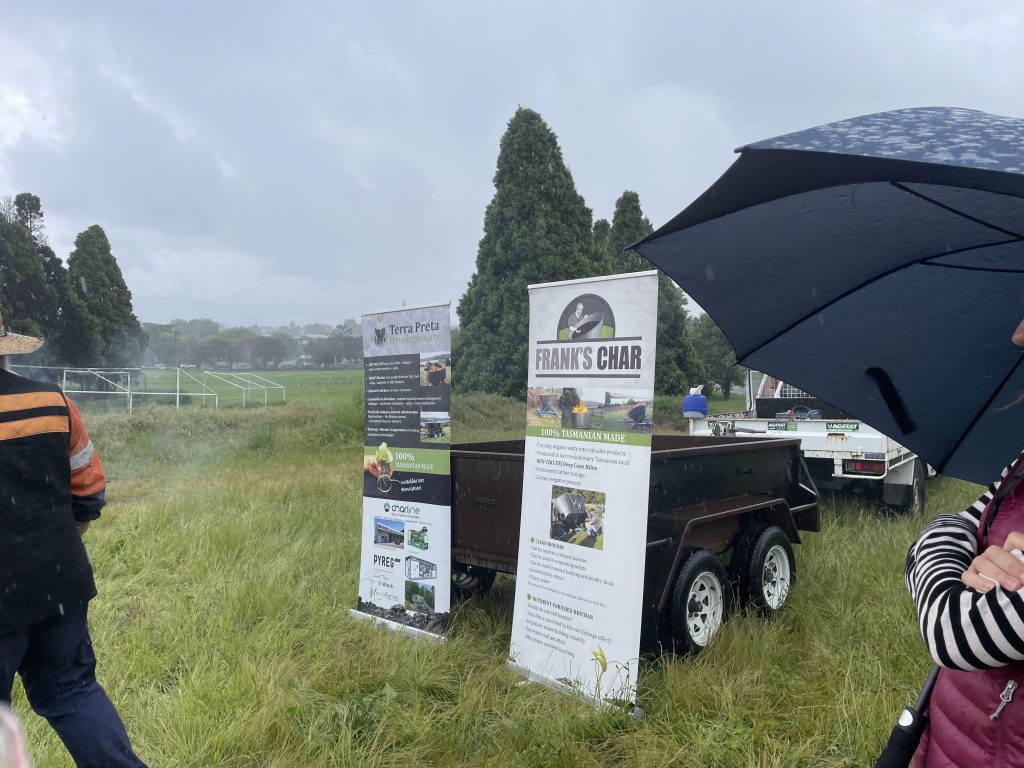
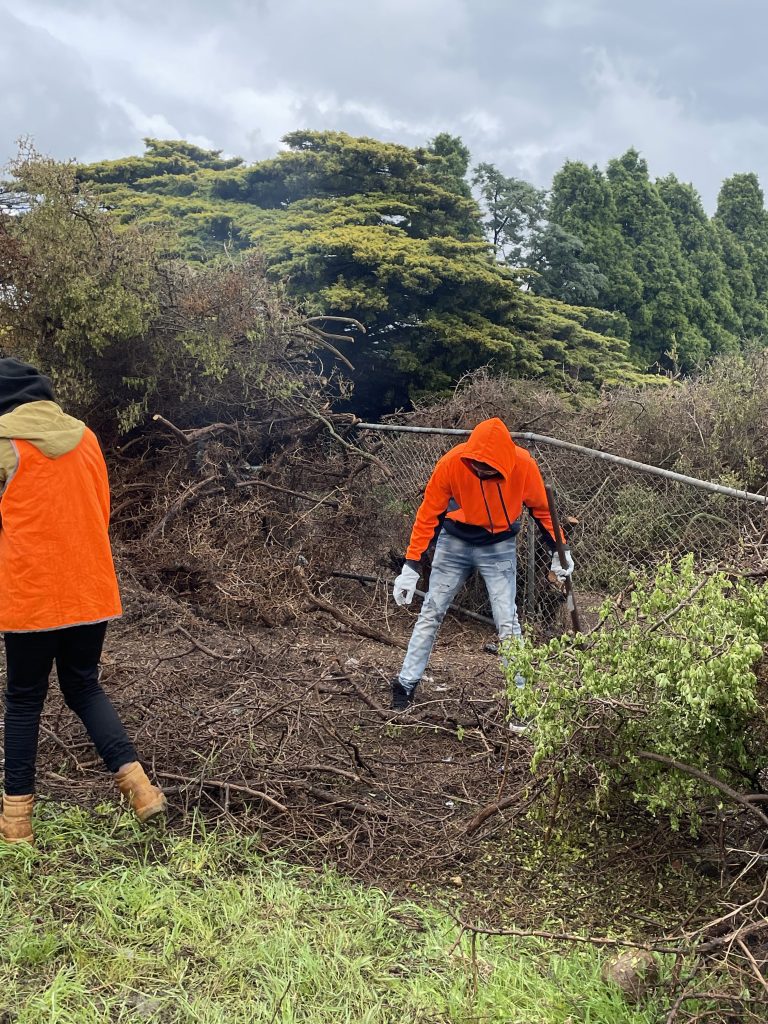
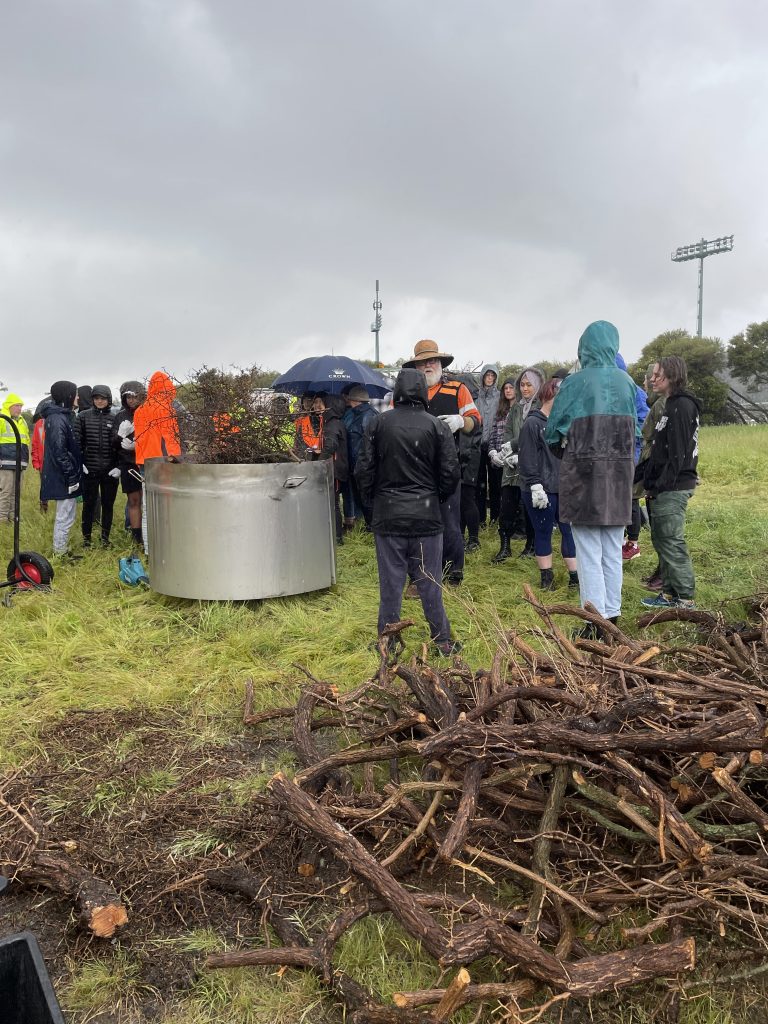
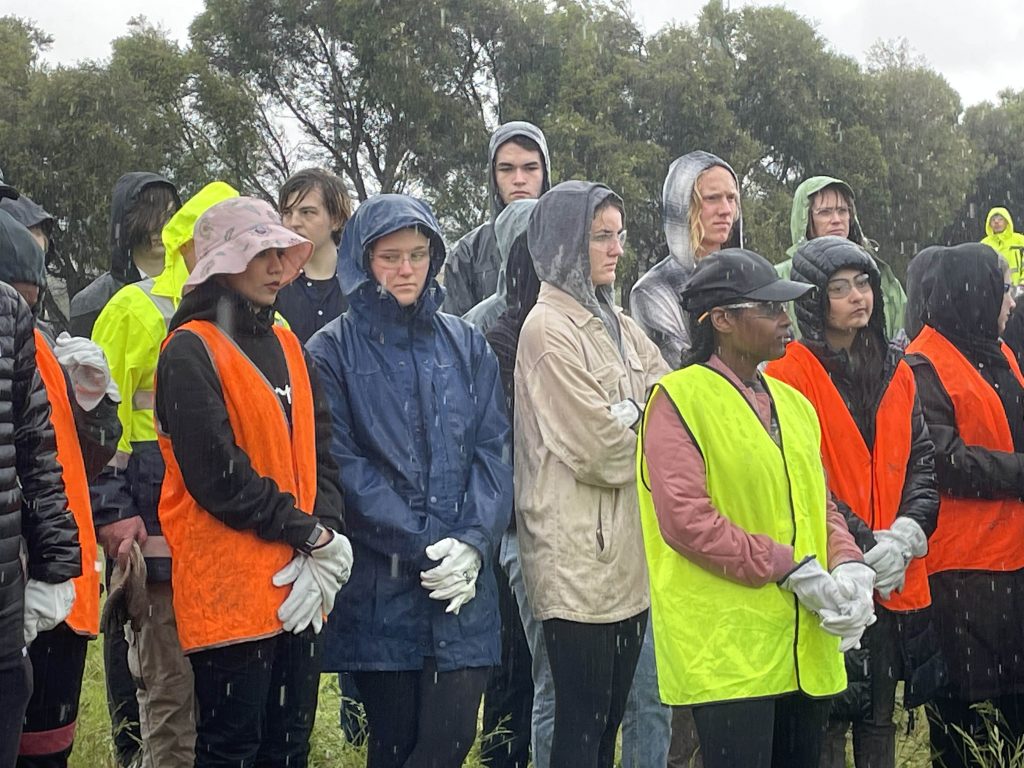
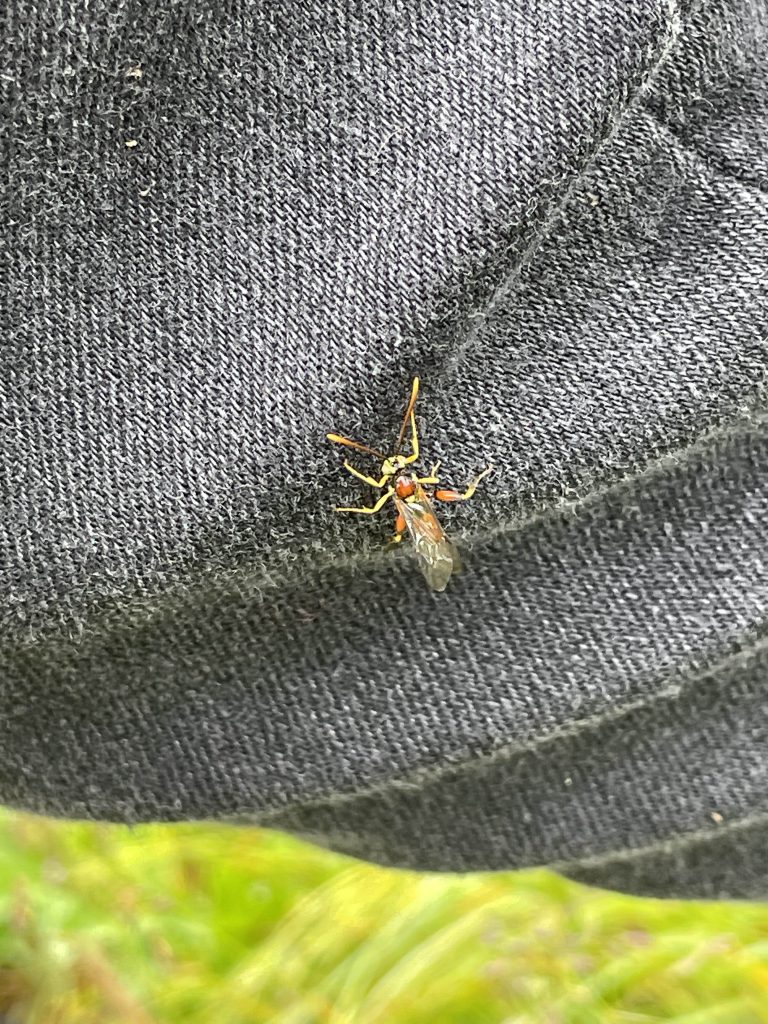
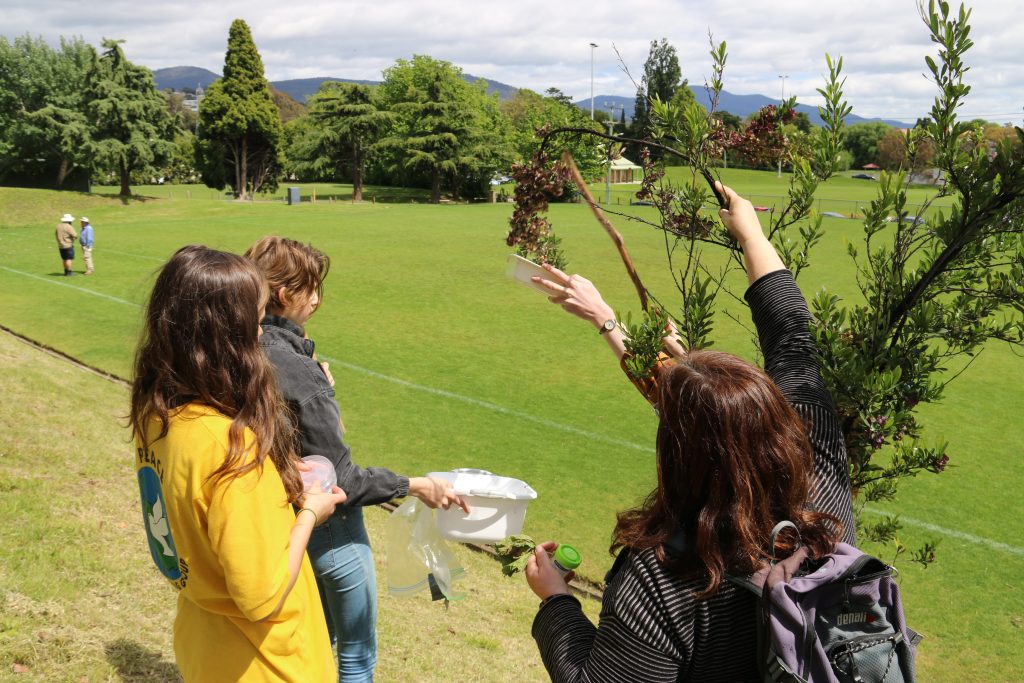
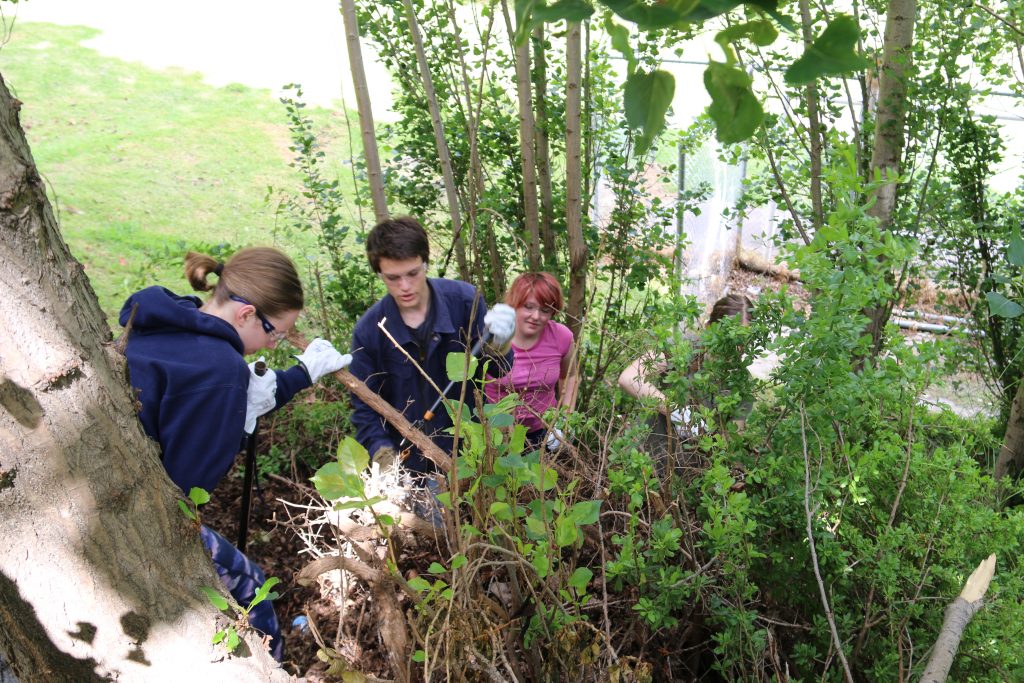
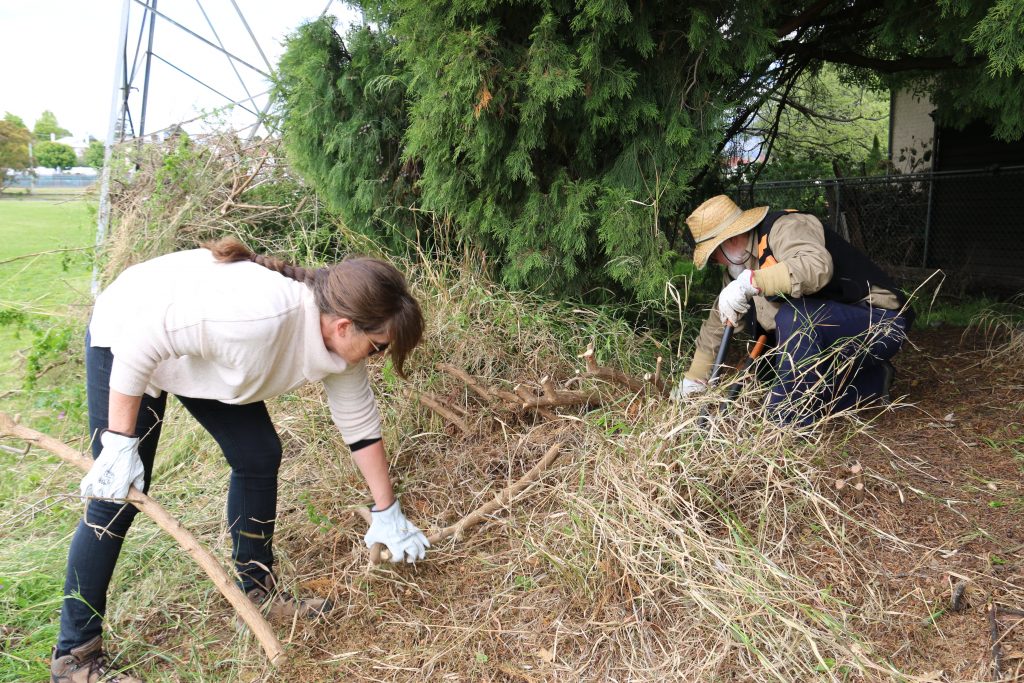
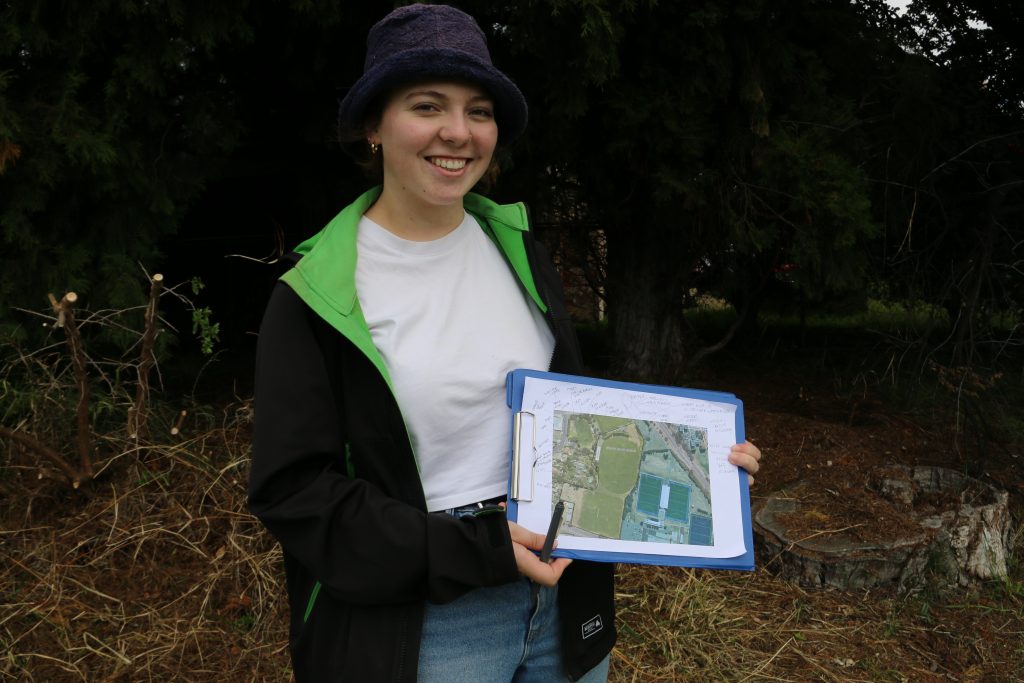
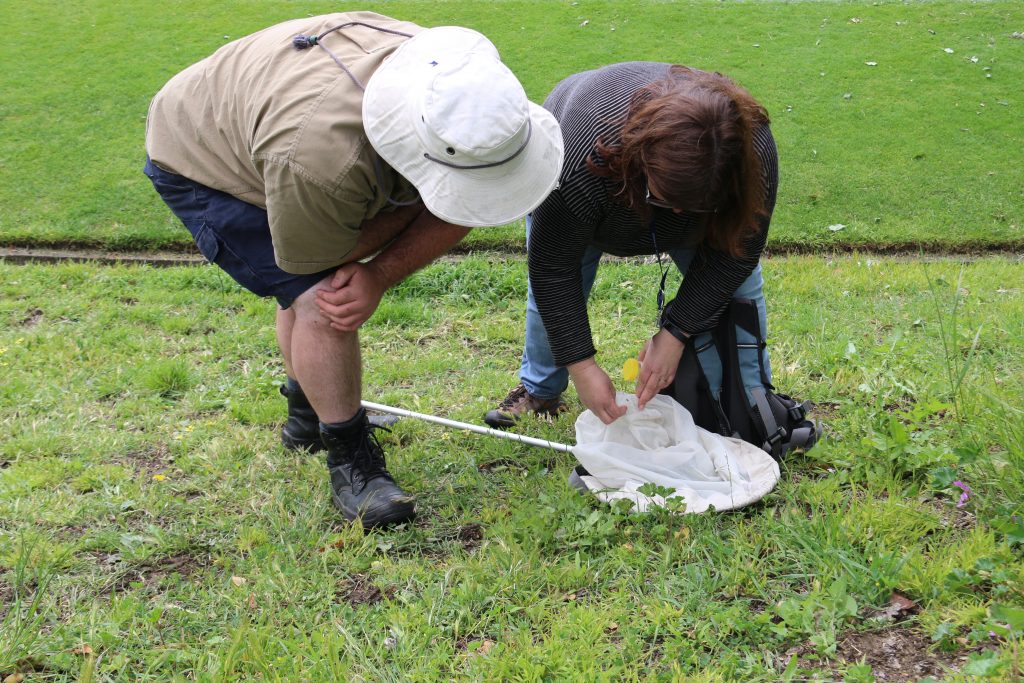
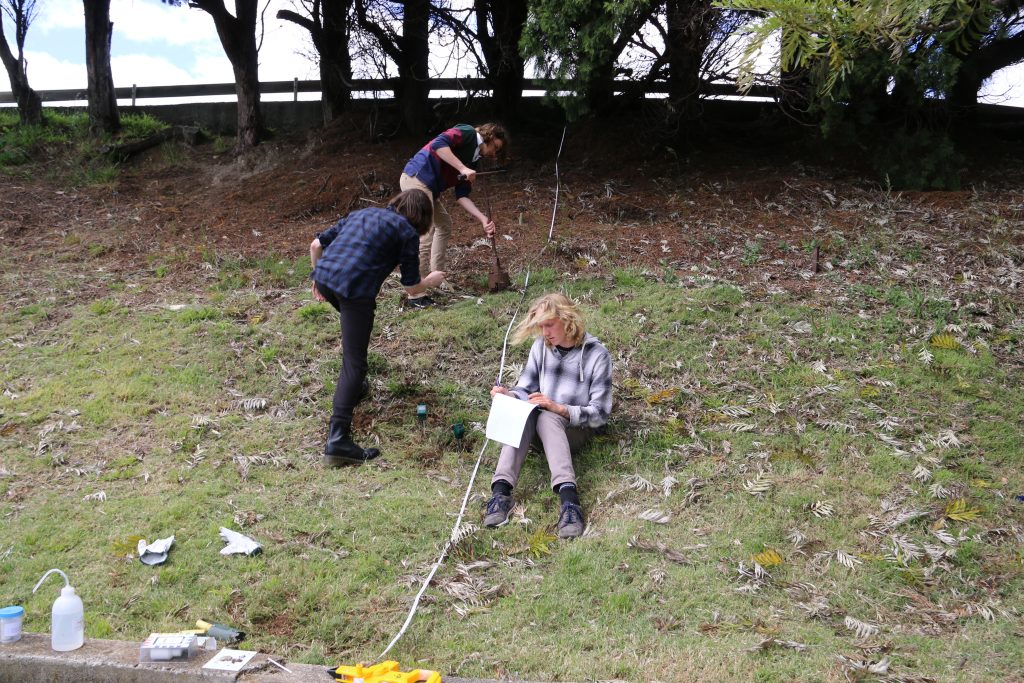
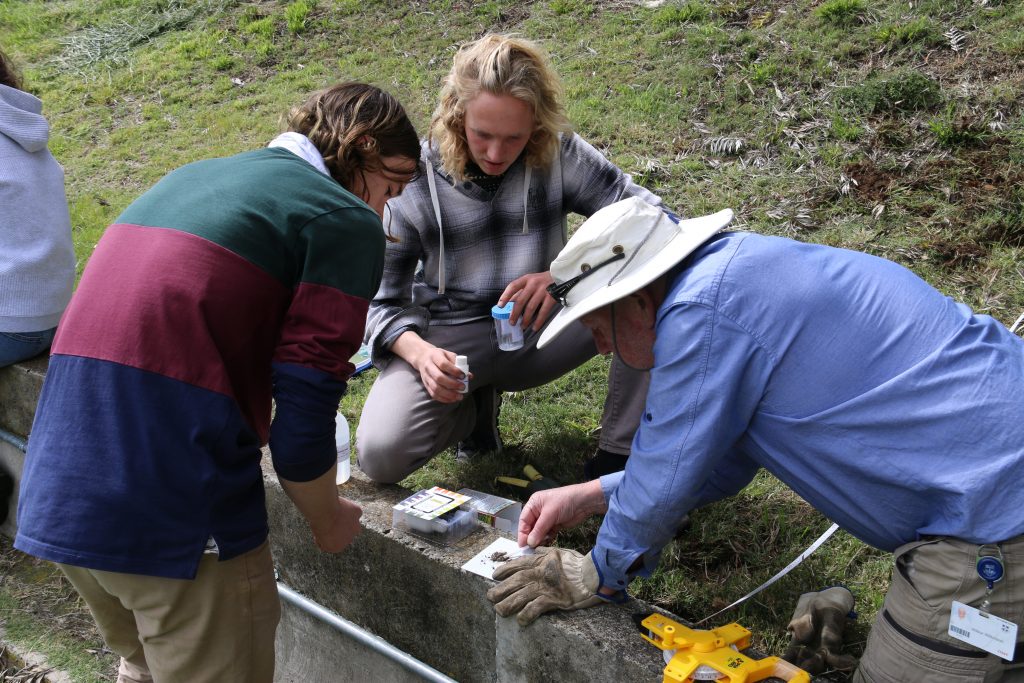
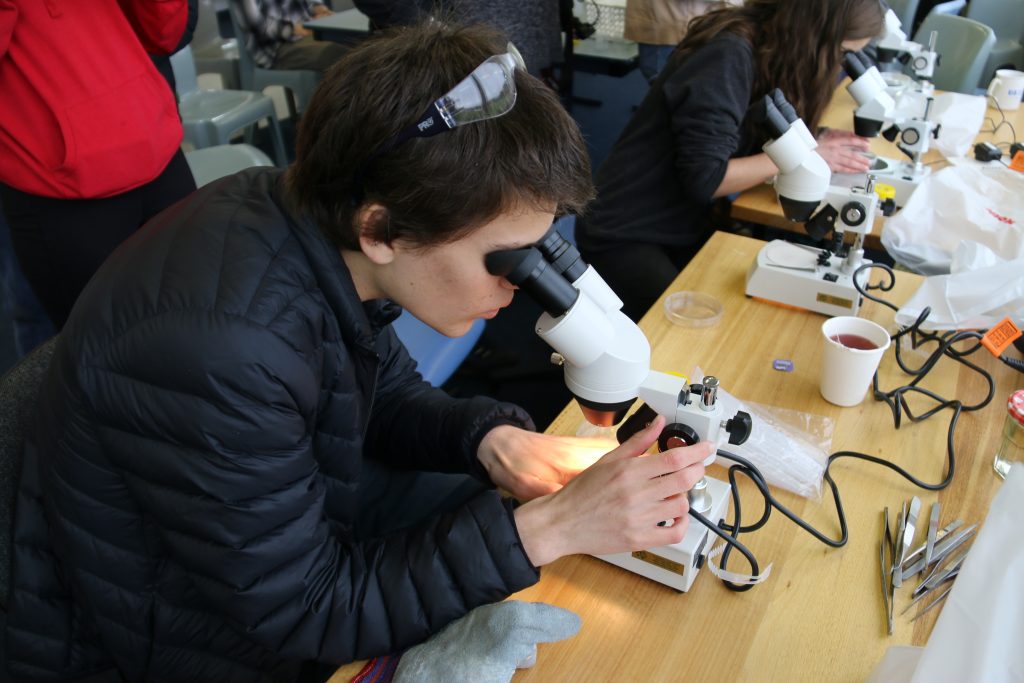
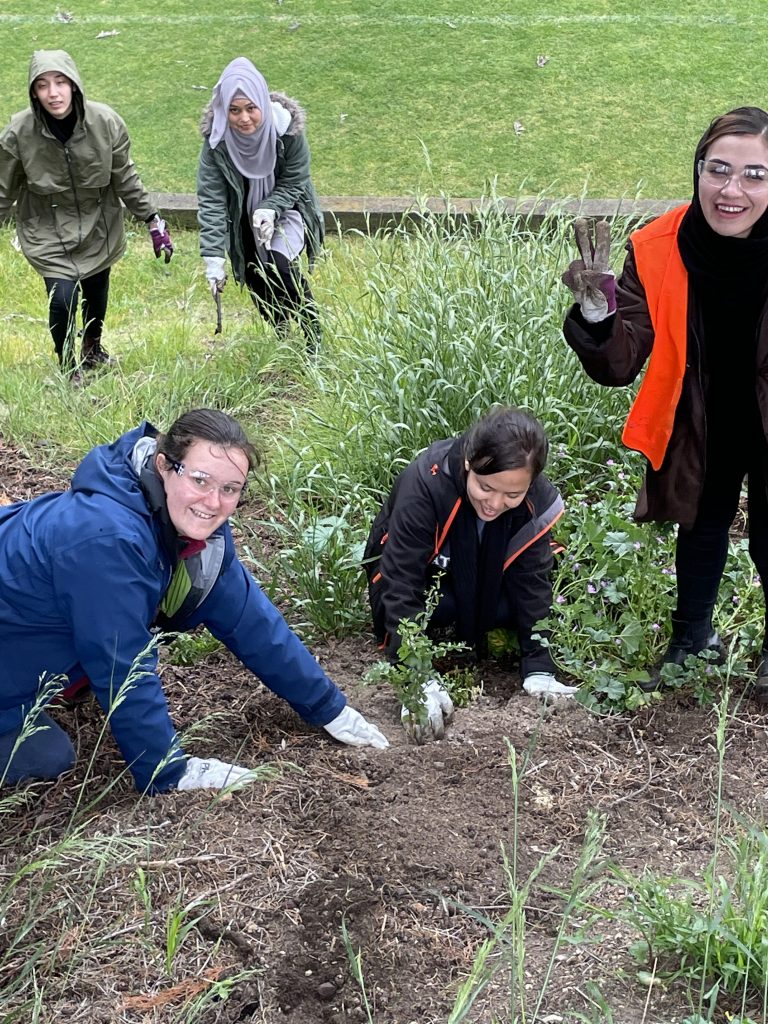
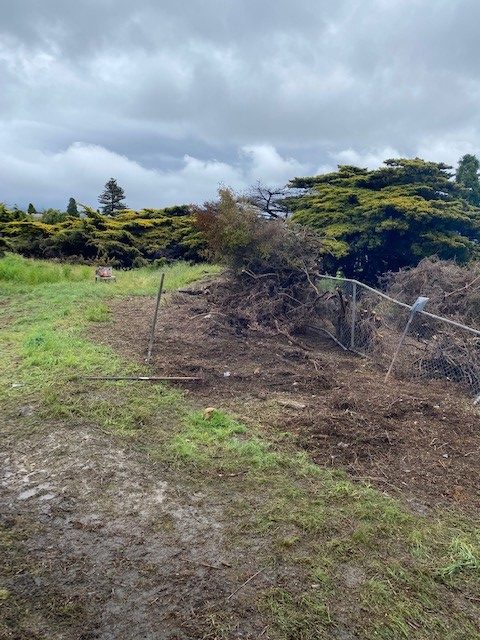
Area of removed Boxthorn 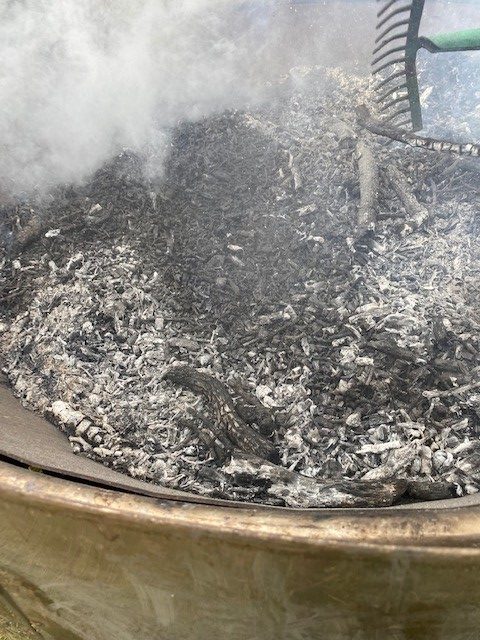
800L of steaming biochar in large kiln 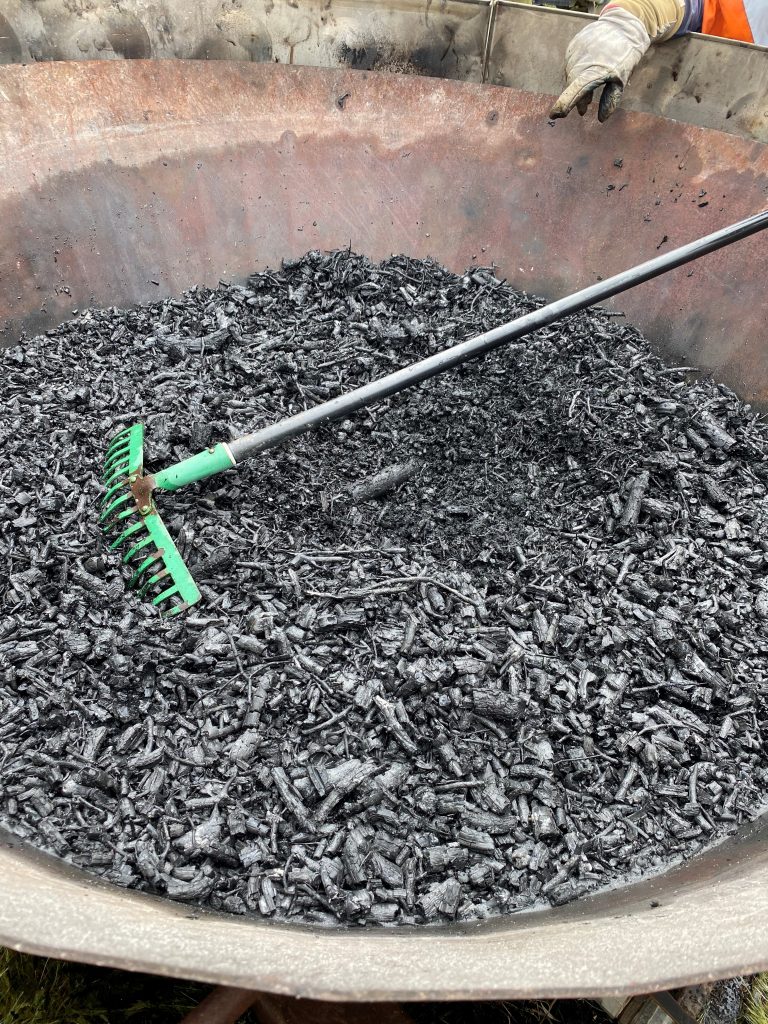
400L of biochar 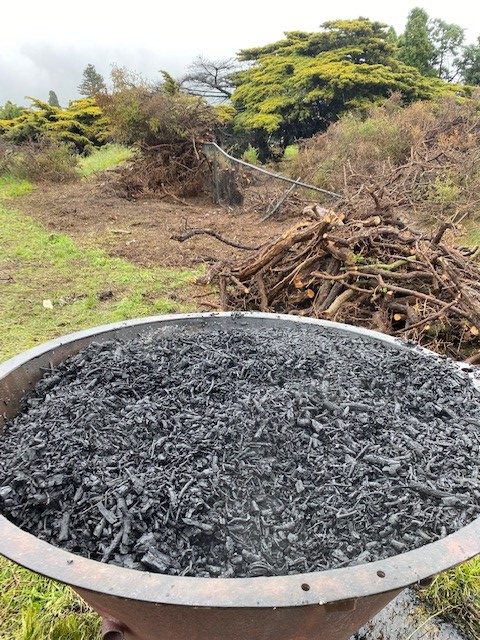
300L kiln filled with biochar 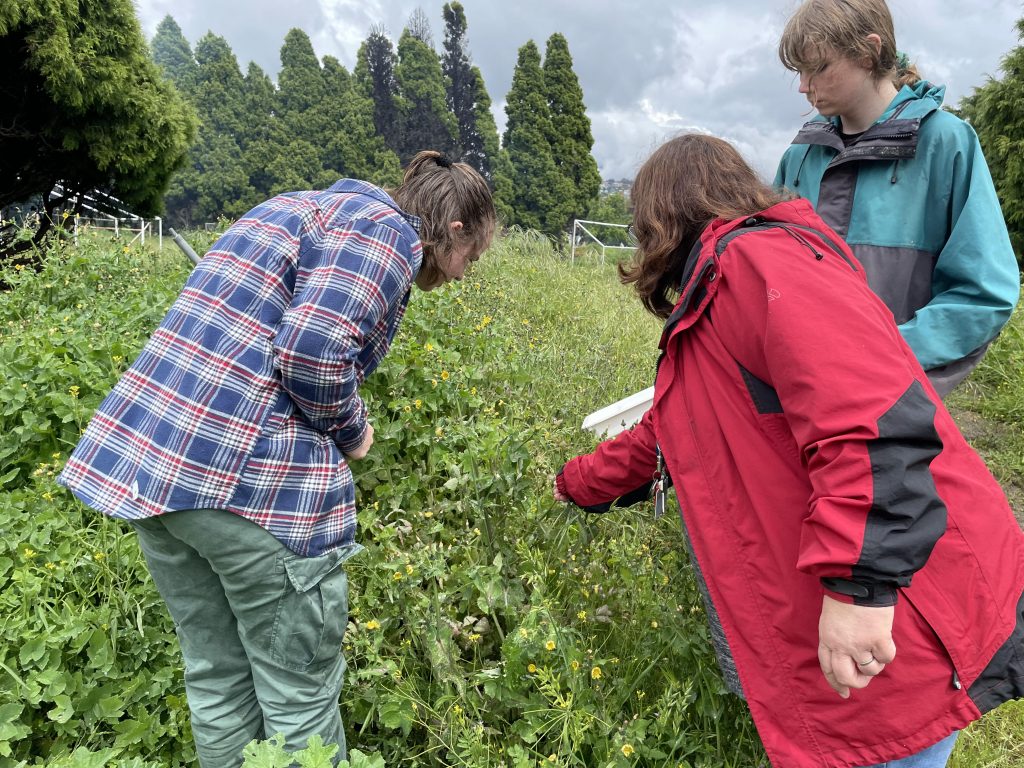
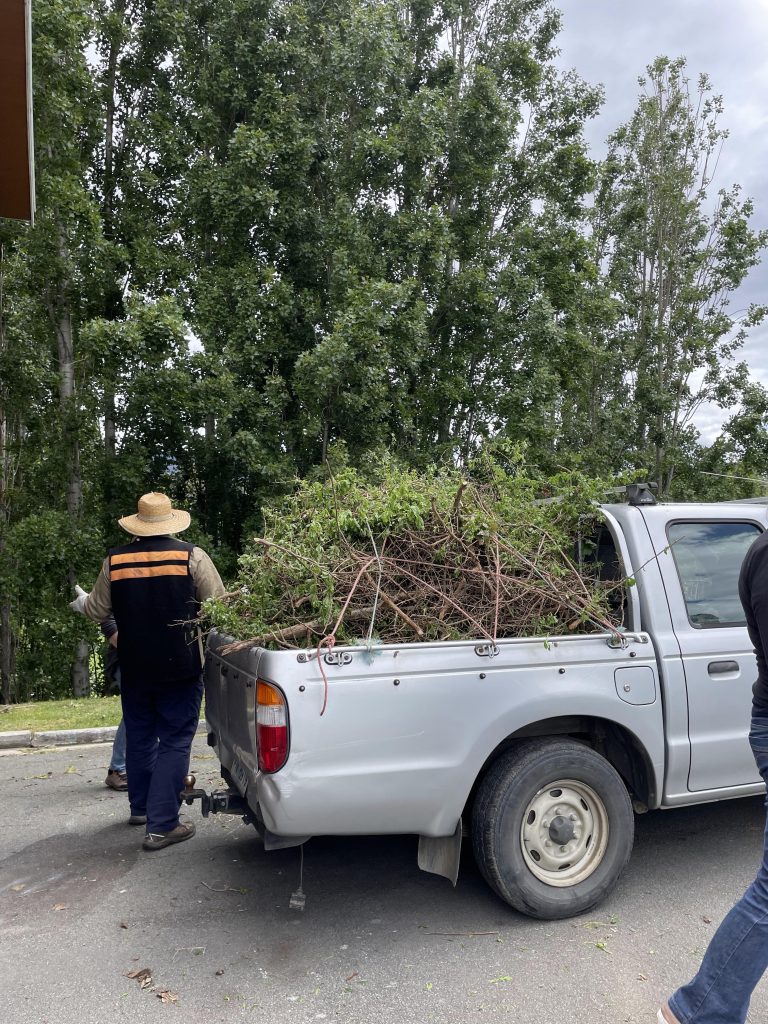
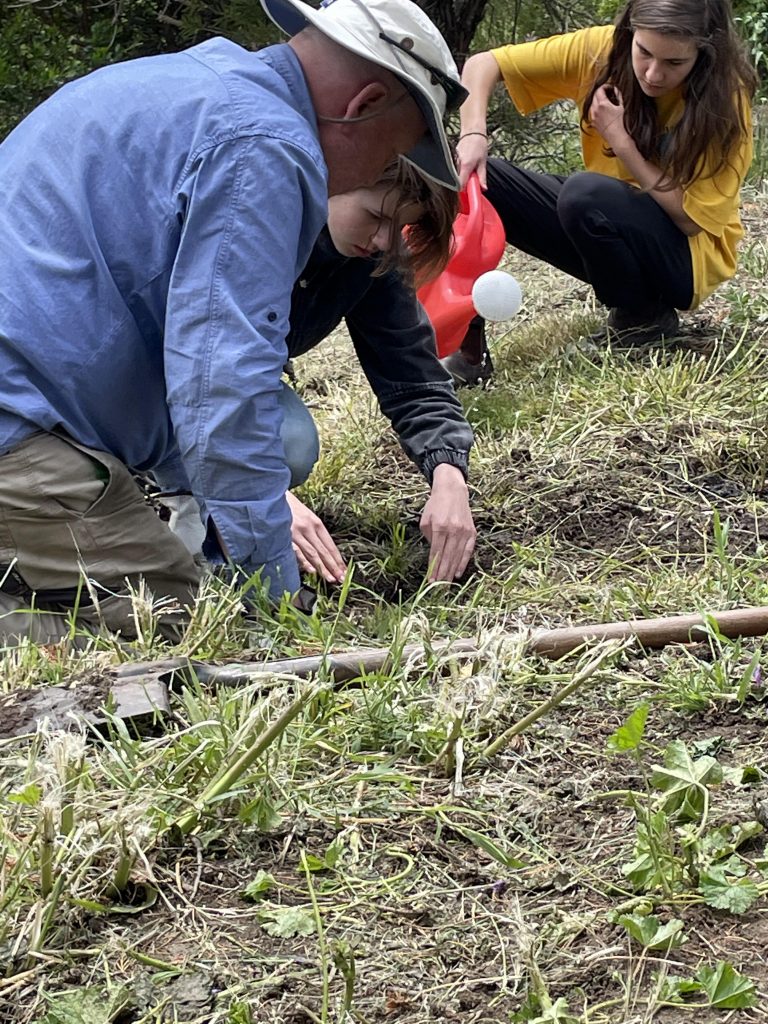
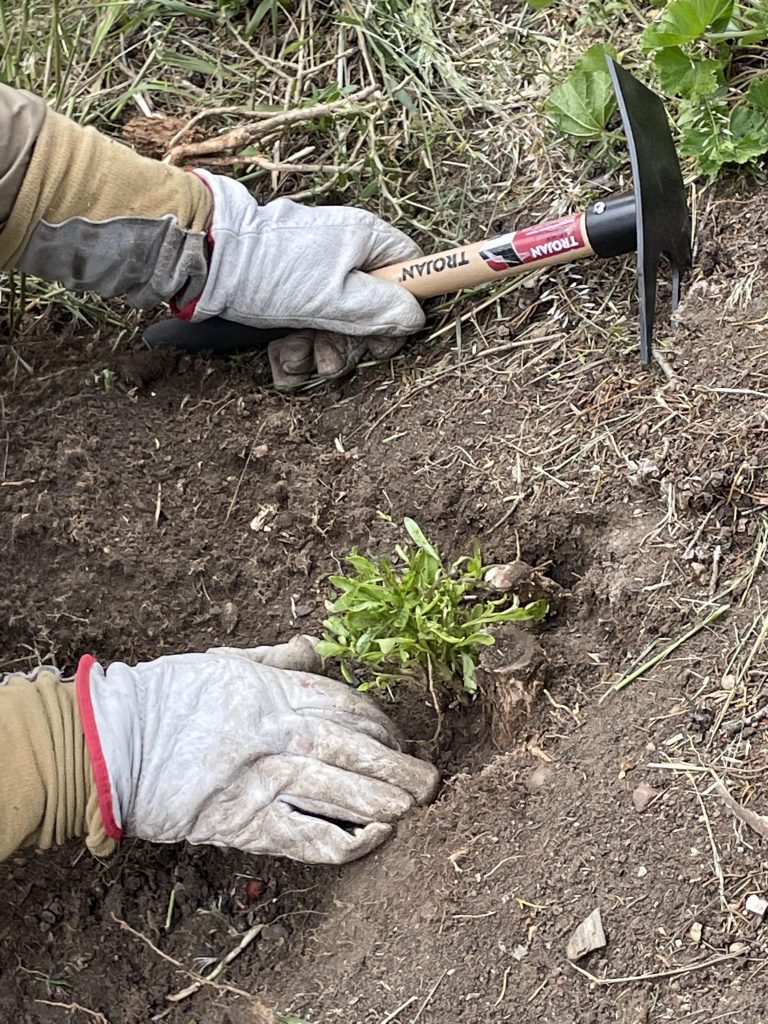
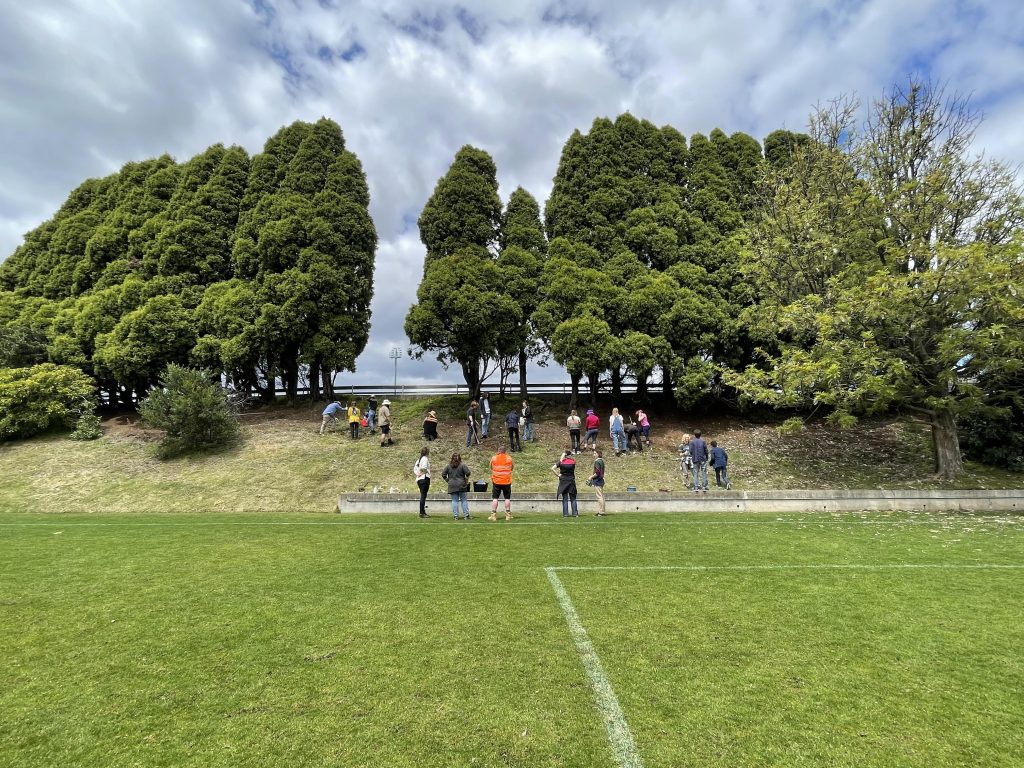
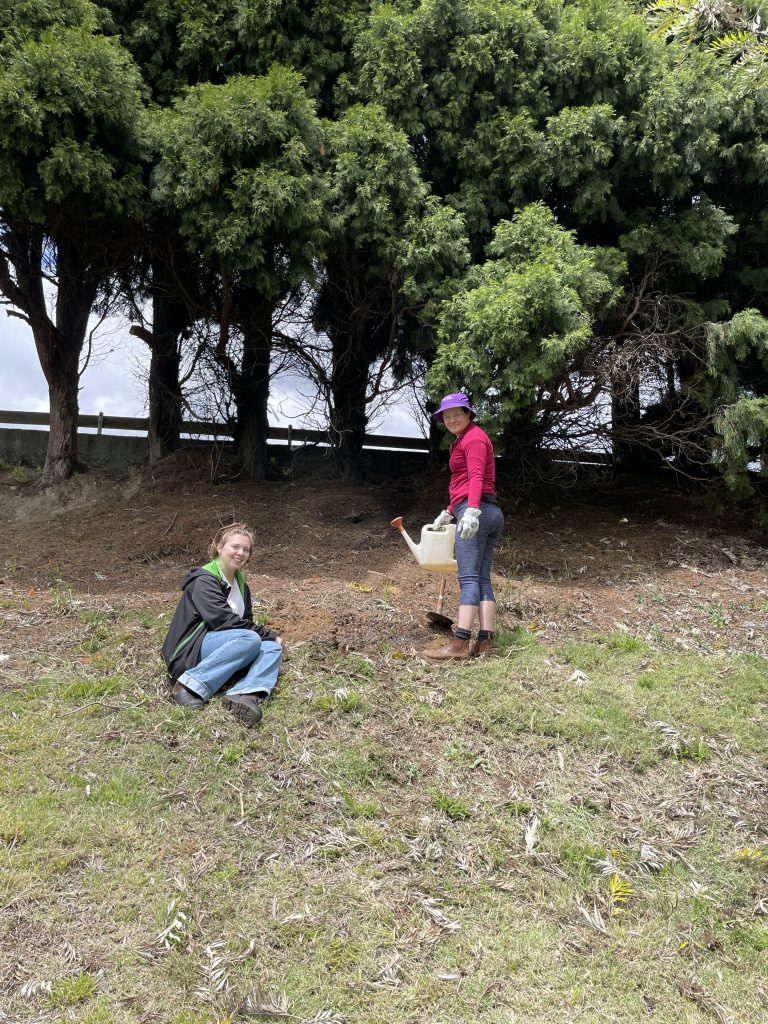
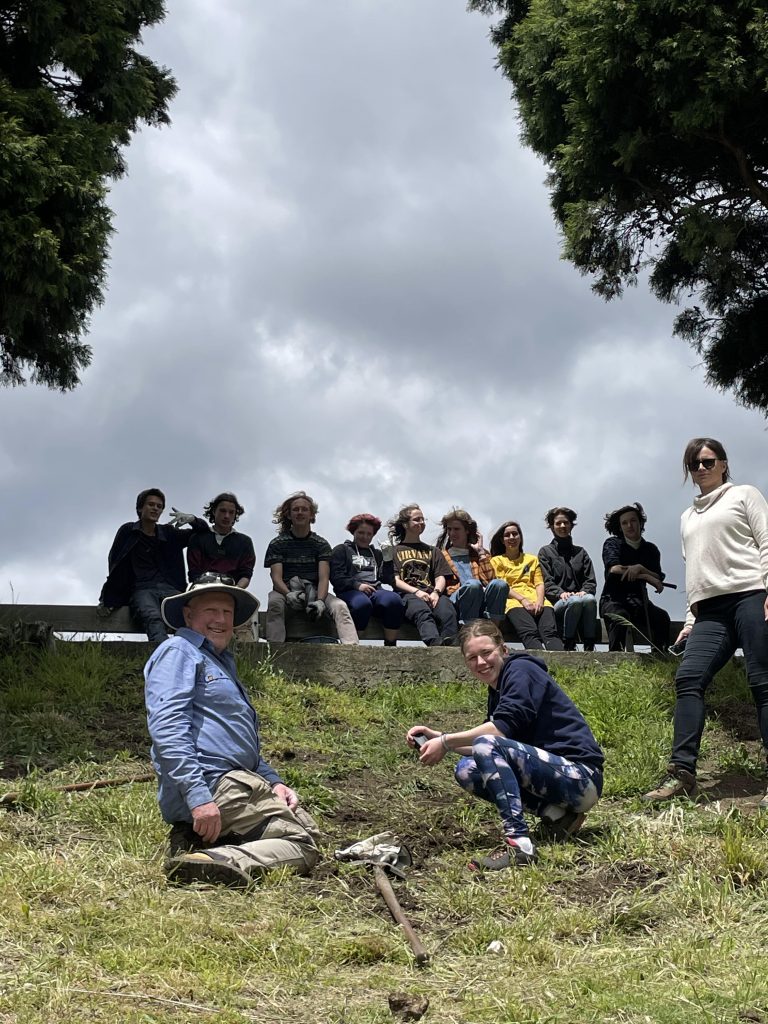
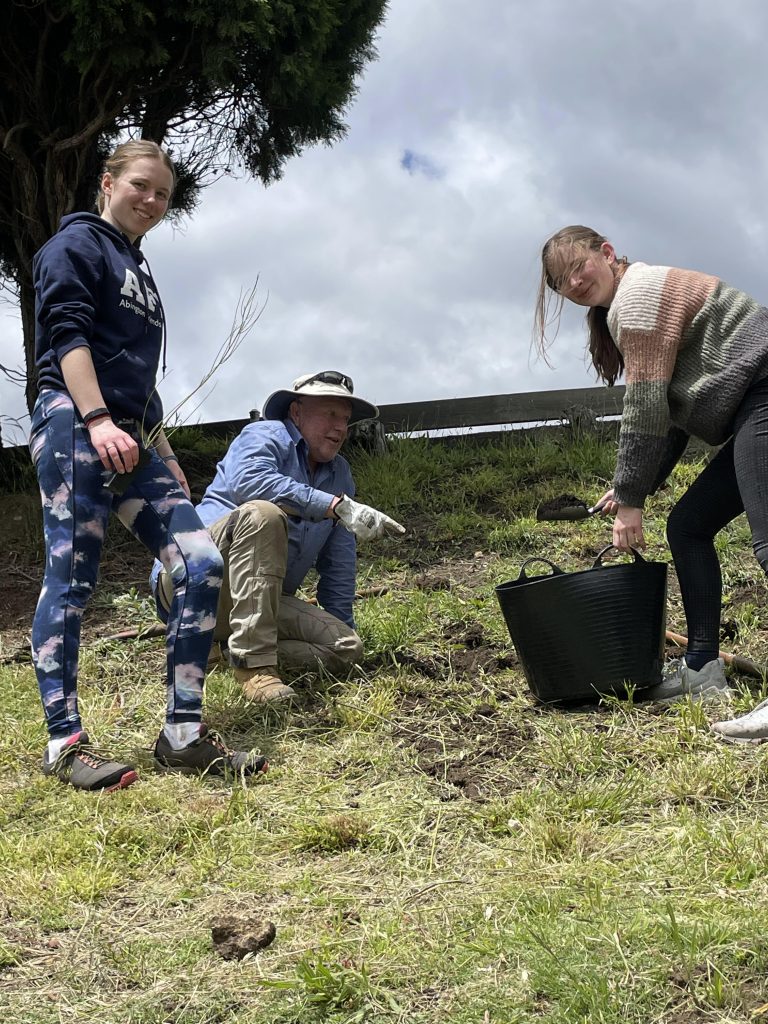
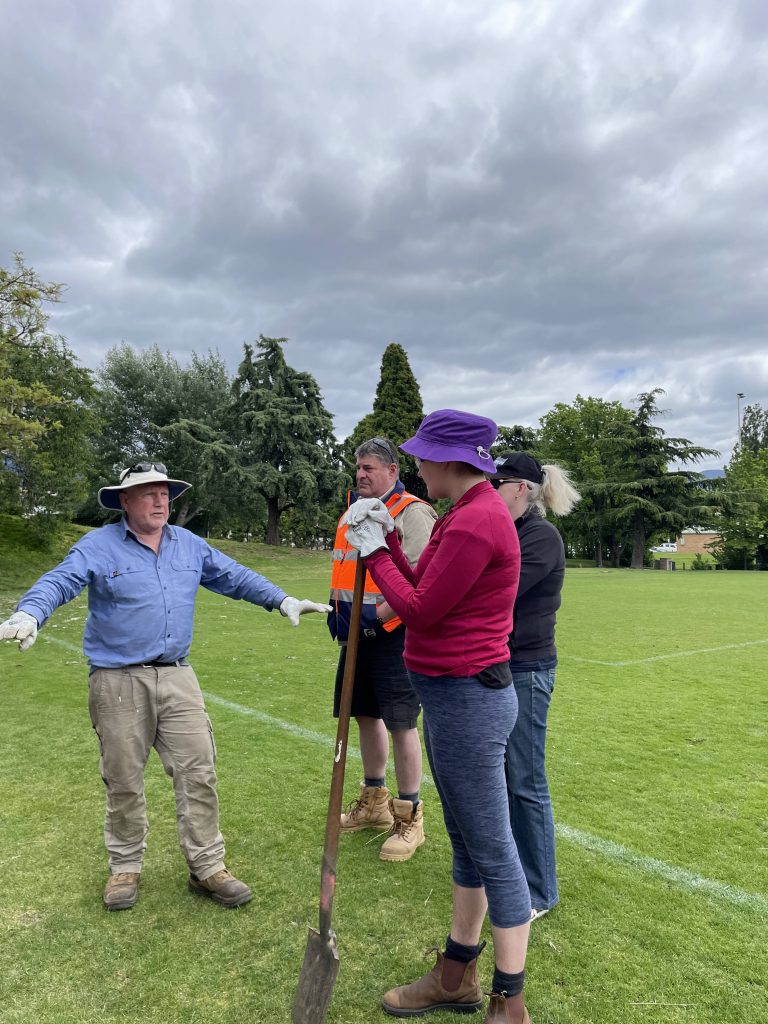
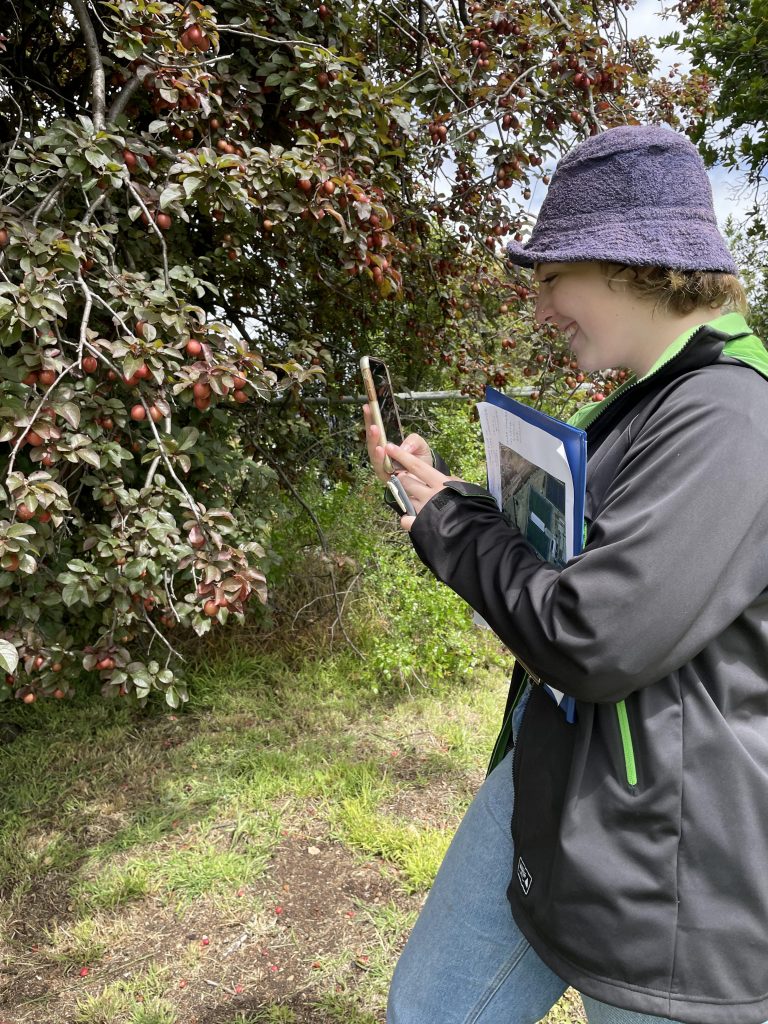
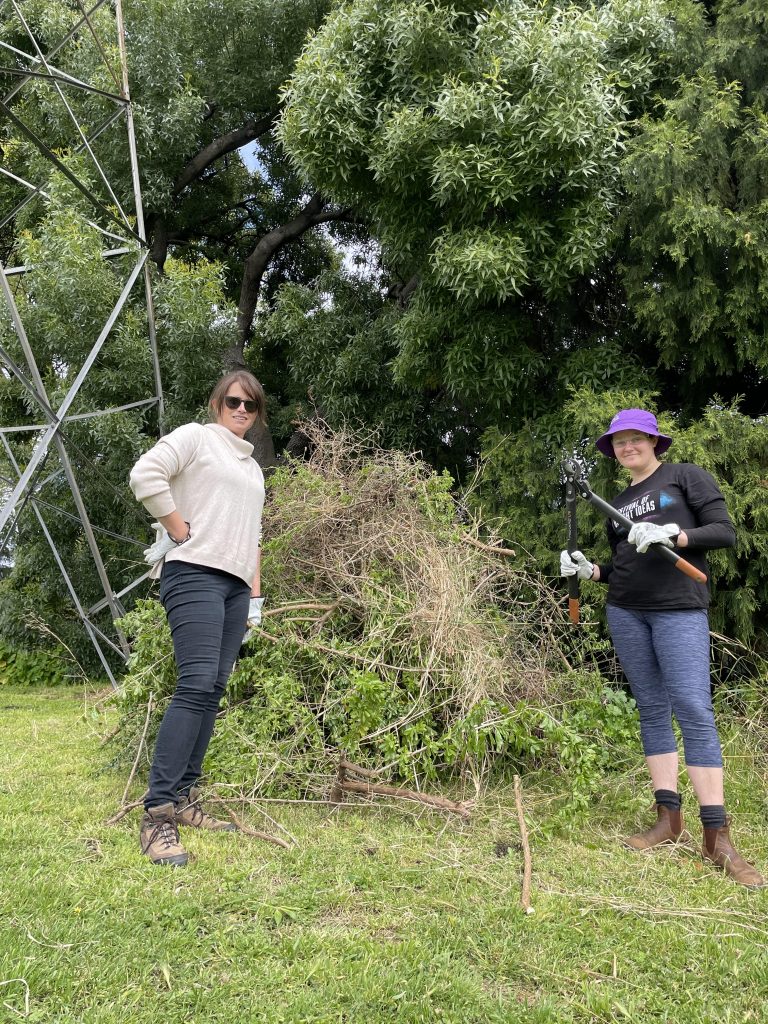
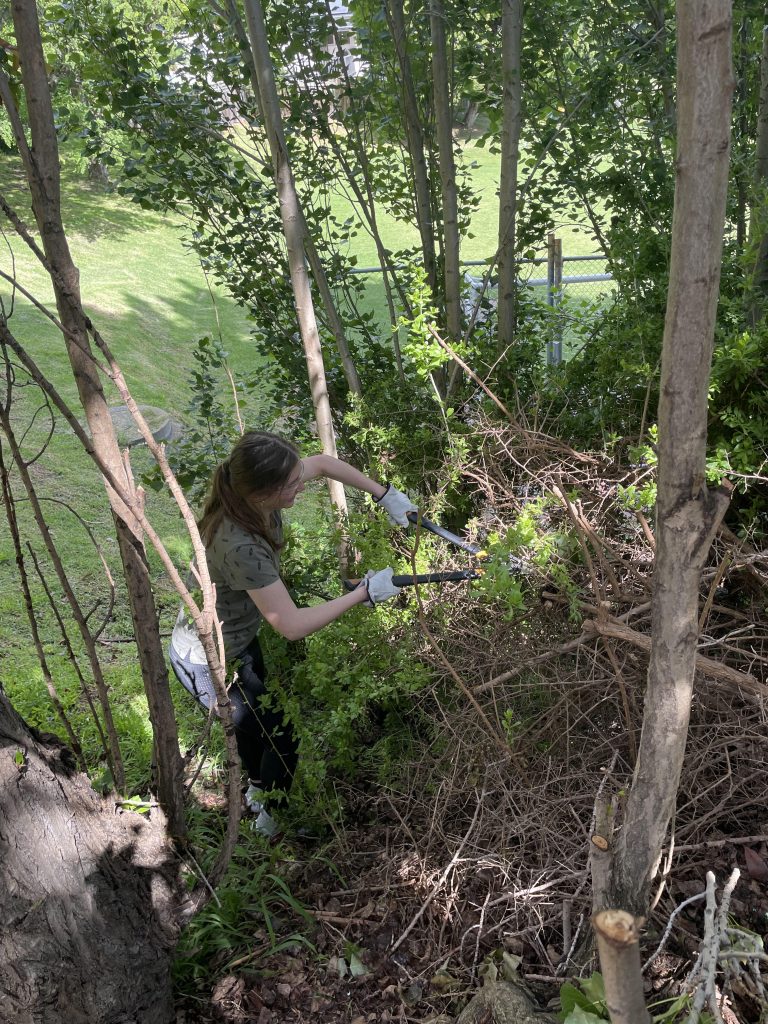
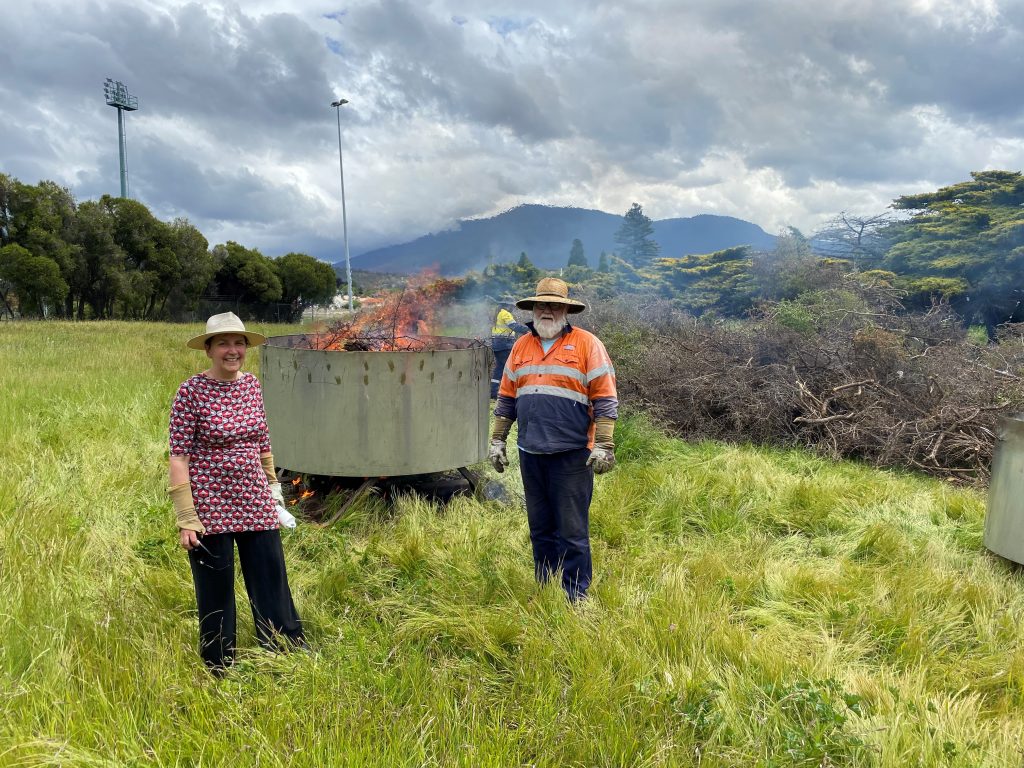
Helen and Bill with large kiln
